Tag:area:highway=footway
 |
| Description |
|---|
| An area representation of footways. |
| Group: highways |
| Used on these elements |
| Useful combination |
|
| Status: in use |
| Tools for this tag |
|
An area representation of a highway=footway which is separately mapped with a linear way.
Background
Some footways take up a significant areas - or mappers are interested in super-accurate mapping - so this tag was developed to precisely map this, in addition to highway=footway ![]() way tagged through their middle.
way tagged through their middle.
This tag is not the same as highway=footway + area=yes which represents a non-linear feature such as a square or plaza where multi-directional travel is possible.
How to map
Correct tagging
- If it's a simple footway area, just draw an outline around it, and add tag
area:highway=footway. - If it's a more complicated one, draw an outline around it, draw all inner parts, then select all elements and make a multipolygon relation from it. Add tag
area:highway=footwayto multipolygon. - Remember about joining area's edges to surrounding buildings, walls, etc.
Optional tags:
surface=*(What is the footway made of? E.g. concrete, asphalt)
Tagging mistakes to avoid
- Don't create an
area:highway=footwayarea without also creating a linearhighway=footwayway along the centerline of the footway. - Don't use an
area:highway=footwaytag for narrow paths. Draw only a linear way through its middle. - Don't use an
area:highway=footwaytag for areas which are wide enough for vehicles to enter, such as pedestrian streets. Usearea:highway=pedestrianfor them. - Don't use an
area:highway=footwaytag for stairs. Usearea:highway=stepsfor them. - Don't use an
area:highway=footwaytag for cycleway areas. Usearea:highway=cyclewayfor them. - Don't use an
area:highway=footwaytag for non-segregated "foot & bicycle" path areas. Use eitherarea:highway=path(if the main way is taggedpath) orarea:highway=cycleway(if the main way is taggedcycleway) for them. - Don't use an
area:highway=footwaytag for pedestrian crossings. Correct tagging of them is explained in a second table below. - Don't use an
area:highway=footwaytag for traffic calming islands without any crosswalk connection. Use only thetraffic_calming=islandtag instead.
Example tagging
| Case | Area tags | Mapping examples |
|---|---|---|

|
area:highway=footway
|
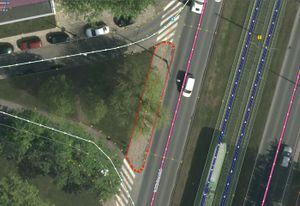 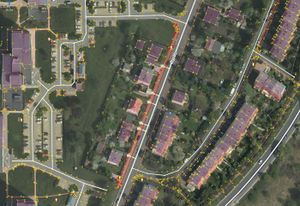 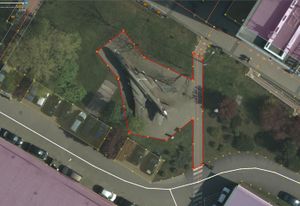
|

|
area:highway=footway Correct tagging of footway multipolygon depends on character of place, you can:
|
 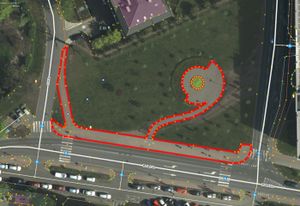 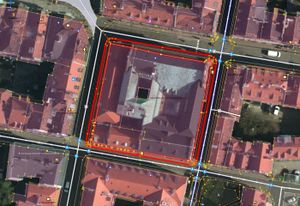
|
Example tagging of connected objects
| Case | Way tags | Area tags | Diagrams | Mapping examples | ||
|---|---|---|---|---|---|---|

Pedestrian crossing |
highway=footway |
Draw an area around streets intersection, treating stop lines and crossings as its edges and tag it with:
If it's a single crossing being far away from streets intersection, draw it just as a linear way crossing street area without |
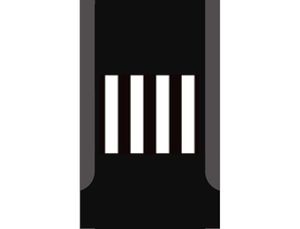
|
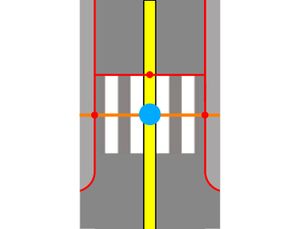
| ||
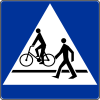
Non-segregated "foot & bicycle" crossing |
highway=path + |
Draw an area around streets intersection, treating stop lines and crossings as its edges and tag it with:
If it's a single crossing being far away from streets intersection, draw it just as a linear way crossing street area without |
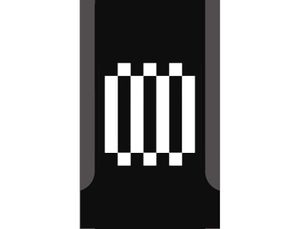
|
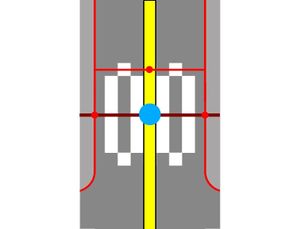
| ||

Segregated "foot & bicycle" crossing |
Method 1 (one linear way):
|
Draw an area around streets intersection, treating stop lines and crossings as its edges and tag it with:
If it's a single crossing being far away from streets intersection, draw it just as a linear way crossing street area without |
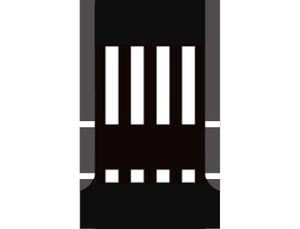
|
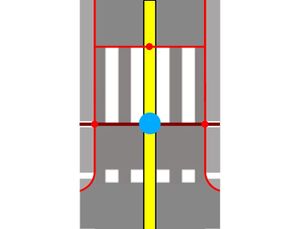
| ||
Method 2 (two linear ways):
|

|
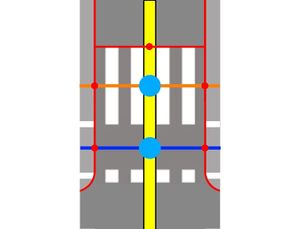
| ||||

Segregated "foot & bicycle" crossing with traffic calming island |
Method 1 (one linear way): |
Draw an area around streets intersection, treating stop lines and crossings as its edges and tag it with: If it's a single crossing being far away from streets intersection, draw it just as a linear way crossing street area without
|
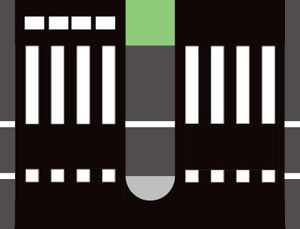
|
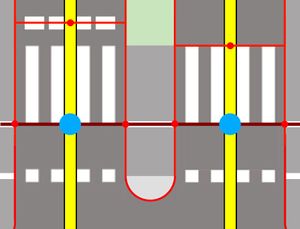
| ||
highway=path + |
highway=path + |
highway=path + | ||||
Method 2 (two linear ways):
|

|
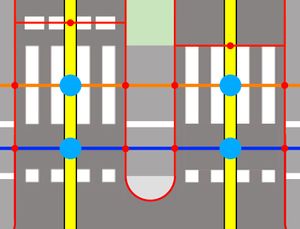
| ||||
highway=footway |
highway=footway
|
highway=footway | ||||
| ||||||
highway=cycleway |
highway=cycleway
|
highway=cycleway | ||||
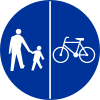
Segregated "foot & bicycle" path |
Method 1 (one linear way):
(path way should be joined through a mutal part of the footway/ cycleway areas, see example screenshot) |
(both areas should be joined to each other if there is no physical barrier between them, see example screenshot) |
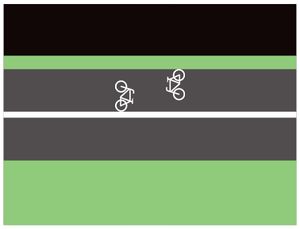
|
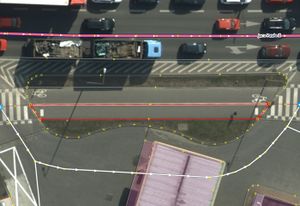
| ||
Method 2 (two linear ways):
|

|
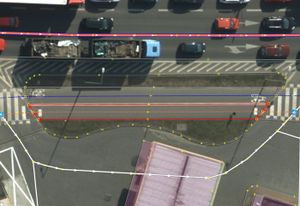
| ||||
| Traffic calming paving on a street edge (This element should be treaten as kind of a traffic calming area, not footway) |
traffic_calming=island
|
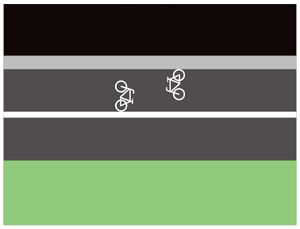
|
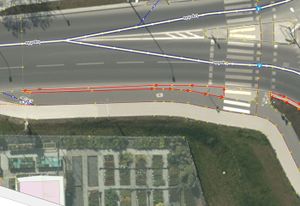
| |||
See also
- Proposed features/Street area
area:highway=path- An area representation of pathsarea:highway=cycleway- An area representation of cyclewaysarea:highway=pedestrian- An area representation of pedestrian zonesarea:highway=traffic_island- An area representation of pedestrian zonestraffic_calming=island- A traffic calming island is a structure for the purpose of slowing down traffic, temporarily separating two different traffic directions